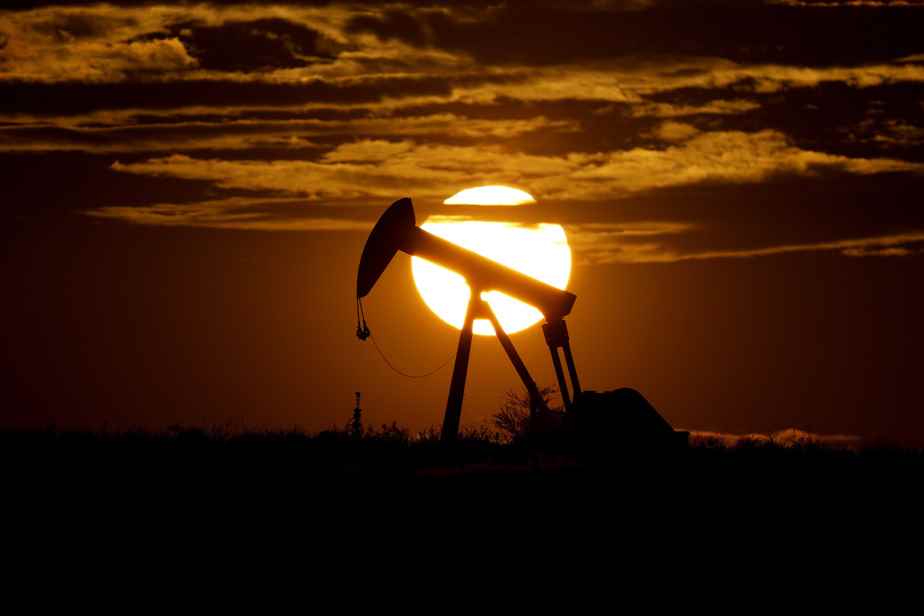(New York) Oil prices fell on Tuesday after the announcement of a new mandatory drain on US strategic crude reserves, which will pour millions of barrels into the market in the United States despite weak demand.
The price of a barrel of Brent from the North Sea, for delivery in April, fell 1.18%, to close at 85.58 dollars.
The barrel of American West Texas Intermediate (WTI), with maturity in March, fell 1.34% to 79.06 dollars.
The US government said on Monday it would put 26 million barrels from strategic reserves (SPR) up for sale, to comply with a law passed in Congress nearly a decade ago.
“This will unbalance the relationship between supply and demand by 250,000 barrels per day over three months”, from 1er April and until the end of June. “It’s huge,” responded Eli Rubin of EBW Analytics Group.
The news was all the more badly received as the American market is currently suffering from sluggish demand, which has led, in recent weeks, to an increase in inventories, both of crude and refined products, a rare phenomenon in the middle of winter.
According to several American media, the government of American President Joe Biden wanted to prevent this new use of strategic reserves.
He had previously come under criticism from the Republican opposition for drawing nearly 250 million barrels from September 2021 to January 2023 in an attempt to calm prices.
For Eli Rubin, this new draw on the SPR is more linked to a political blockage rather than to the orientations of the government.
Only Congress could, in fact, cancel the puncture, but failed to agree on the measure, the Republicans now controlling the House of Representatives, underlines the analyst.
Added to the prospect of millions of barrels watering a slumped market is the U.S. Energy Information Agency (EIA) forecast that oil and gas production will shale oil in the United States hits an all-time high in March.
To top it off, the CPI price index came out higher than expected in January, showing that high inflation has not had its last word in the United States.
This “could force the Fed (US central bank) to remain on the offensive by raising its rates”, which would weigh on the economy, and the demand for oil, commented Edward Moya, of Oanda.
These elements relegated to the background the increase in the estimate of oil demand for 2023 by the Organization of the Petroleum Exporting Countries (OPEC), which revised it upwards by 100,000 barrels per day.
